

Sustainable Development
Sustainable development is an organizing principle that aims to meet human development goals while also enabling natural systems to provide necessary natural resources and ecosystem services to humans. The desired result is a society where living conditions and resources meet human needs without undermining the planetary integrity and stability of the natural system.[2][3] Sustainable development tries to find a balance between economic development, environmental protection, and social well-being.
What you'll learn
- Definition and Principles
- Three Pillars of Sustainability
- Historical Background
- Importance of Sustainable Development
- Global Goals and Agendas
- Environmental Conservation Strategies
- Renewable Energy and Efficiency
- Social Equity and Inclusion
- Economic Sustainability
- Role of Government and Policy
- Corporate Social Responsibility (CSR)
- Circular Economy Concepts
- Biodiversity Preservation
- Climate Change Mitigation
- Local and Global Collaboration
- Challenges and Obstacles
- Education for Sustainable Development
- Community Engagement
- Innovations in Sustainable Practices
- Measuring Progress and Impact
This Course Includes
Course Content
Requirements
The requirements to learn a course on sustainable development can vary depending on the specific level and depth of the course. Here are some general requirements:
Basic Education: A foundational education in subjects like science, social studies, economics, and environmental studies can provide a good starting point.
Interest and Motivation: An inherent interest in environmental issues, social equity, and economic development is beneficial. Sustainable development requires passion and dedication.
Language Proficiency: Proficiency in the language in which the course is taught is essential to understand and engage with the course material.
Access to Learning Resources: Availability of textbooks, online courses, lectures, articles, and other learning materials related to sustainable development is necessary.
Digital Literacy: Many resources are available online, so having basic digital literacy skills to navigate websites, online platforms, and e-learning tools is helpful.
Critical Thinking: Sustainable development involves complex problem-solving and critical thinking. Developing these skills will be valuable for understanding the intricacies of the subject.
Open Mindset: Sustainable development often challenges conventional practices. An open and adaptable mindset can facilitate a deeper understanding.
Basic Math and Analytical Skills: Some aspects of sustainable development may involve analyzing data, understanding statistics, and assessing economic impacts.
Time Commitment: Depending on the depth of the course, dedicating time for reading, studying, attending lectures, and engaging in discussions is necessary.
Pre-requisite Courses: Some advanced courses might require prior knowledge in related subjects like environmental science, economics, or social studies.
Access to Learning Platforms: If the course is online, having access to a computer or device with an internet connection is essential.
Optional: Background Knowledge: Depending on the course's level, having prior knowledge of topics like climate change, resource management, social justice, or economics can be advantageous.
Description
In 1987, the United Nations World Commission on Environment and Development released the report Our Common Future, commonly called the Brundtland Report.[4] The report included a definition of "sustainable development" which is now widely used:[4][11]
Sustainable development is a development that meets the needs of the present without compromising the ability of future generations to meet their own needs. It contains two key concepts within it:
The concept of 'needs', in particular, the essential needs of the world's poor, to which overriding priority should be given; and
The idea of limitations imposed by the state of technology and social organization on the environment's ability to meet present and future needs.
— World Commission on Environment and Development, Our Common Future (1987)
Sustainable development thus tries to find a balance between economic development, environmental protection, and social well-being.
Related concepts
Sustainability
This section is an excerpt from Sustainability.[edit]
Several visual representations of sustainability and its three dimensions: the left image shows sustainability as three intersecting circles. In the top right it is a nested approach. In the bottom right it is three pillars.[12] The schematic with the nested ellipses emphasizes a hierarchy of the dimensions, putting environment as the foundation for the other two.
Sustainability is a social goal for people to co-exist on Earth over a long time. Specific definitions of this term are disputed and have varied with literature, context, and time.[13][12] Experts often describe sustainability as having three dimensions (or pillars): environmental, economic, and social,[12] and many publications emphasize the environmental dimension.[14][15] In everyday use,[specify] sustainability often focuses on countering major environmental problems, including climate change, loss of biodiversity, loss of ecosystem services, land degradation, and air and water pollution. The idea of sustainability can guide decisions at the global, national, and individual levels (e.g. sustainable living).[16] A related concept is sustainable development, and the terms are often used to mean the same thing.[17] UNESCO distinguishes the two like this: "Sustainability is often thought of as a long-term goal (i.e. a more sustainable world), while sustainable development refers to the many processes and pathways to achieve it."[18]
Development of the concept
See also: Sustainability
Sustainable development has its roots in ideas regarding sustainable forest management, which were developed in Europe during the 17th and 18th centuries.[19][20][21] In response to a growing awareness of the depletion of timber resources in England, John Evelyn argued, in his 1662 essay Sylva, that "sowing and planting of trees had to be regarded as a national duty of every landowner, in order to stop the destructive over-exploitation of natural resources." In 1713, Hans Carl von Carlowitz, a senior mining administrator in the service of Elector Frederick Augustus I of Saxony published Sylvicultura economics, a 400-page work on forestry. Building upon the ideas of Evelyn and French minister Jean-Baptiste Colbert, von Carlowitz developed the concept of managing forests for sustained yield.[19] His work influenced others, including Alexander von Humboldt and Georg Ludwig Hartig, eventually leading to the development of the science of forestry. This, in turn, influenced people like Gifford Pinchot, the first head of the US Forest Service, whose approach to forest management was driven by the idea of wise use of resources, and Aldo Leopold whose land ethic was influential in the development of the environmental movement in the 1960s.[19][20]
Following the publication of Rachel Carson's Silent Spring in 1962, the developing environmental movement drew attention to the relationship between economic growth and environmental degradation. Kenneth E. Boulding, in his influential 1966 essay The Economics of the Coming Spaceship Earth, identified the need for the economic system to fit itself to the ecological system with its limited pools of resources.[20] Another milestone was the 1968 article by Garrett Hardin that popularized the term "tragedy of the commons".[22]
The direct linking of sustainability and development in a contemporary sense can be traced to the early 1970s. "Strategy of Progress", a 1972 book (in German) by Ernst Basler, explained how the long-acknowledged sustainability concept of preserving forests for future wood production can be directly transferred to the broader importance of preserving environmental resources to sustain the world for future generations.[23] That same year, the interrelationship of environment and development was formally demonstrated in a systems dynamic simulation model reported in the classic report on Limits to Growth. It was commissioned by the Club of Rome and written by a group of scientists led by Dennis and Donella Meadows of the Massachusetts Institute of Technology. Describing the desirable "state of global equilibrium", the authors wrote: "We are searching for a model output that represents a world system that is sustainable without sudden and uncontrolled collapse and capable of satisfying the basic material requirements of all of its people."[24] Also in 1972 was publication of the influential book, A Blueprint for Survival.[25][26]
In 1975, an MIT research group prepared ten days of hearings on "Growth and Its Implication for the Future" for the US Congress, the first hearings ever held on sustainable development.[27]
In 1980, the International Union for Conservation of Nature published a world conservation strategy that included one of the first references to sustainable development as a global priority[28] and introduced the term "sustainable development".[29]: 4 Two years later, the United Nations World Charter for Nature raised five principles of conservation by which human conduct affecting nature is to be guided and judged.[30]
Since the Brundtland Report, the concept of sustainable development has developed beyond the initial intergenerational framework to focus more on the goal of "socially inclusive and environmentally sustainable economic growth".[29]: 5 In 1992, the UN Conference on Environment and Development published the Earth Charter, which outlines the building of a just, sustainable, and peaceful global society in the 21st century. The action plan Agenda 21 for sustainable development identified information, integration, and participation as key building blocks to help countries achieve development that recognizes these interdependent pillars. Furthermore, Agenda 21 emphasizes that broad public participation in decision-making is a fundamental prerequisite for achieving sustainable development.[31]
The Rio Protocol was a huge leap forward: for the first time, the world agreed on a sustainability agenda. In fact, a global consensus was facilitated by neglecting concrete goals and operational details. The Sustainable Development Goals (SDGs) now have concrete targets (unlike the results from the Rio Process) but no methods for sanctions.
Student Feedback
Reviews
Instructor Background
About the company
Our Most Popular Courses
10,000+ unique online course list designs
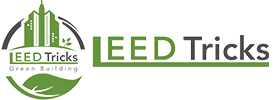
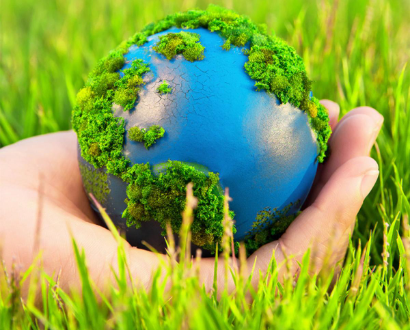





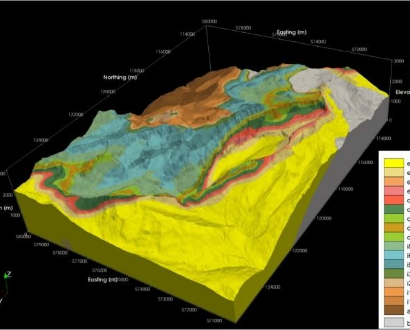


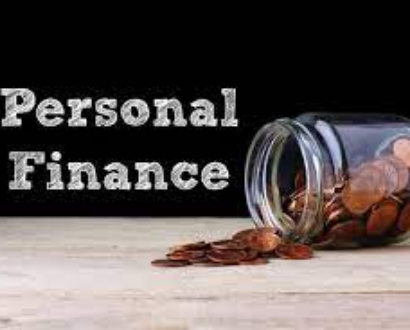

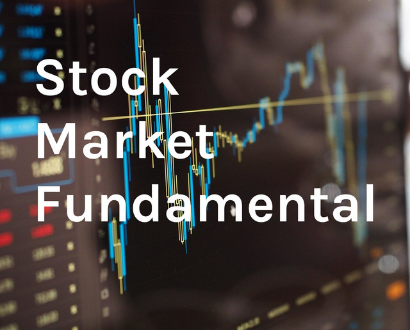

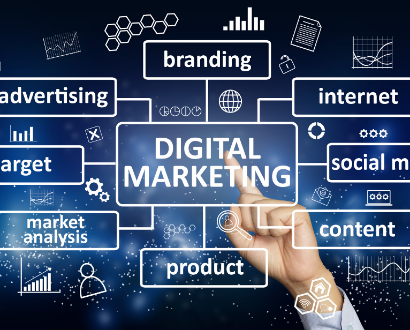
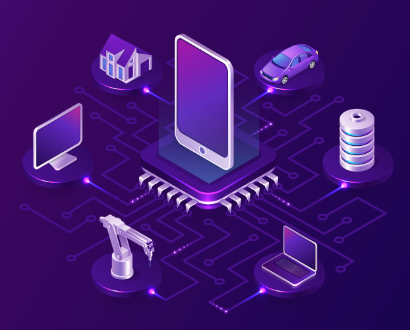

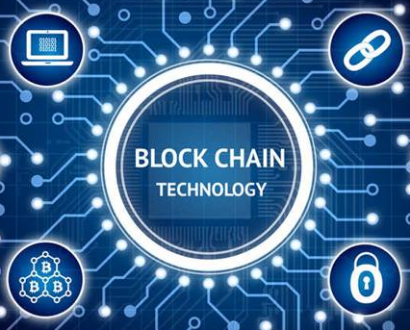

Ali Tufan 3 Days ago
The best LMS Design
This course is a very applicable. Professor Ng explains precisely each algorithm and even tries to give an intuition for mathematical and statistic concepts behind each algorithm. Thank you very much.
John Malcolm 3 Days ago
The best LMS Design
This course is a very applicable. Professor Ng explains precisely each algorithm and even tries to give an intuition for mathematical and statistic concepts behind each algorithm. Thank you very much.